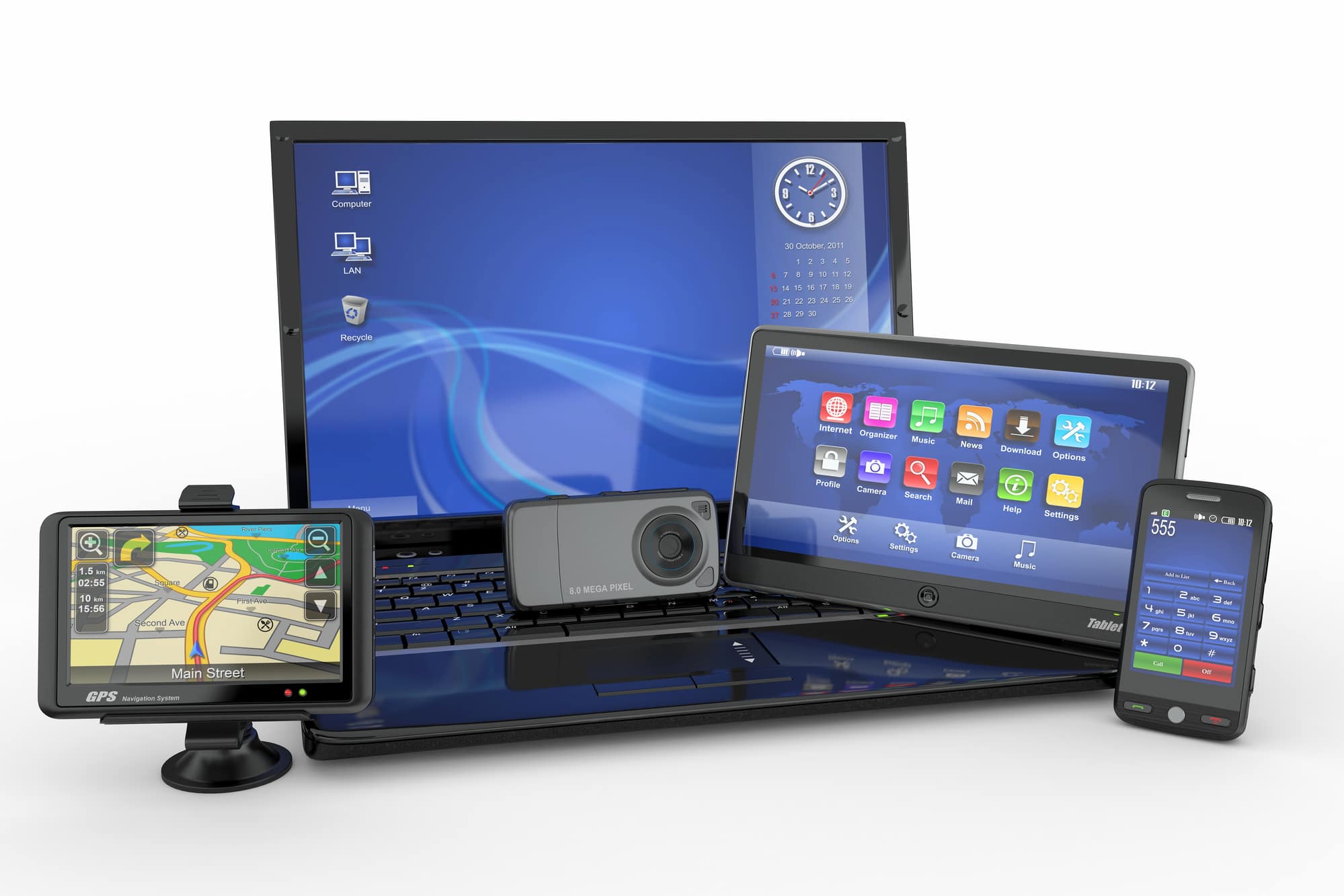Moving to a new location can be quite the task. While it is easy to move belongings made of plastic and textiles, one needs to be extra careful with electronics. They are very fragile and easily broken. To prevent you the frustration of dealing with damaged electronics, here are a few tips you can follow to safely move them:
Read the Product Manuals
Many people often throw away the manuals for their electronic devices. If this is something you do you may want to rethink that as manuals provide important information about your new or old electronic devices. Manuals can prove to be very helpful when moving to a new location. Product manuals usually list methods and recommendations on how to safely store the item. They also list special requirements, temperature conditions, and other miscellaneous instructions on how they can be protected from damage.
Unplug Your Devices
Before moving electronics be sure to unplug any cables or wires and wrap them securely. Any cables or wires that are left plugged in can lead to unforeseen accidents and possibly cause damage to the device. In order to prevent confusion later about which wire goes where it is a very good idea to label them. It is also recommended to have the instructions easily accessible showing the connection settings and how to properly setup your device. If this sounds a bit too confusing or time-consuming there is another way; Take pictures of the cables and wires and where they plug in before unplugging everything. Then, after the move when you need to setup your device, you can just look at the pictures you took and plug everything back in the way it was. The pictures can then be printed or stored on a backup flash drive so that whenever the device needs to be setup one need only follow the simple pictures.
Think Inside the Box
It is highly recommended to save the original boxes the electronic devices came in. These boxes include device-specific styrofoam or cushioning that protects the electronic device by acting as a buffer to prevent damage from a fall or drop onto a hard surface. If you do not have the original box don’t worry. Try to find a box that the device fits into so that there isn’t any excessive movement. Then, make sure the box is well packed with something to help fill in any unused spaces. This will help to act as a buffer to protect the device during the move. Make sure the box is durable and able to hold the weight of the device. Double or triple-walled boxes can be extremely useful for heavy electronics.
Secure the Boxes Well
In addition to strong boxes, make sure to use a strong packing tape. One can also use items such as newspaper, bubble wrap, plastic wrap, and packing blankets for packing electronics securely. Boxes can be customized according to one’s need by taking into consideration the dimensions of your device. Do not forget to seal the boxes well in order to prevent any nasty surprises. One can never go wrong by over-protecting electronic devices.
Remove the Batteries
Batteries can be susceptible to leakage due to corrosion and damage. Having them attached to your devices during a move can be dangerous. Leaking batteries can cause all types of hazardous issues and can damage electronics. In addition, it would be wise to remove all other parts which could become damaged and malfunction. For example; Ink cartridges that are left in printers can leak, causing major damage to the printer and other items next to it. It is advisable to remove them, pack them securely, and label them before moving.
Hire a Professional
For all those who either do not have the confidence or time to move their electronics themselves, hire professional movers who are trained to carry out the work proficiently without causing any damage to your possessions. Having your electronics professionally moved can be as simple as calling the professionals and following their simple instructions.
These simple steps can help prevent any damage coming to your valuable and expensive electronics during a move or relocation.


